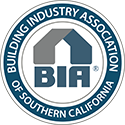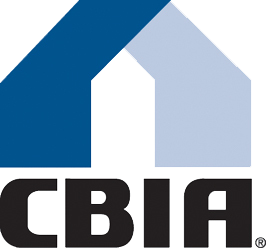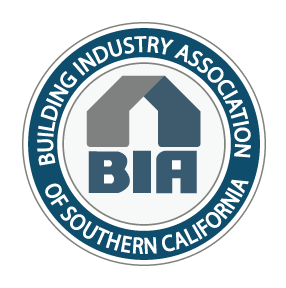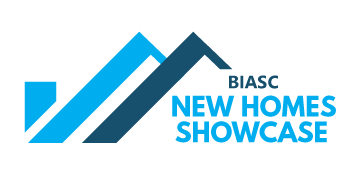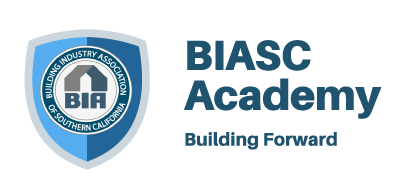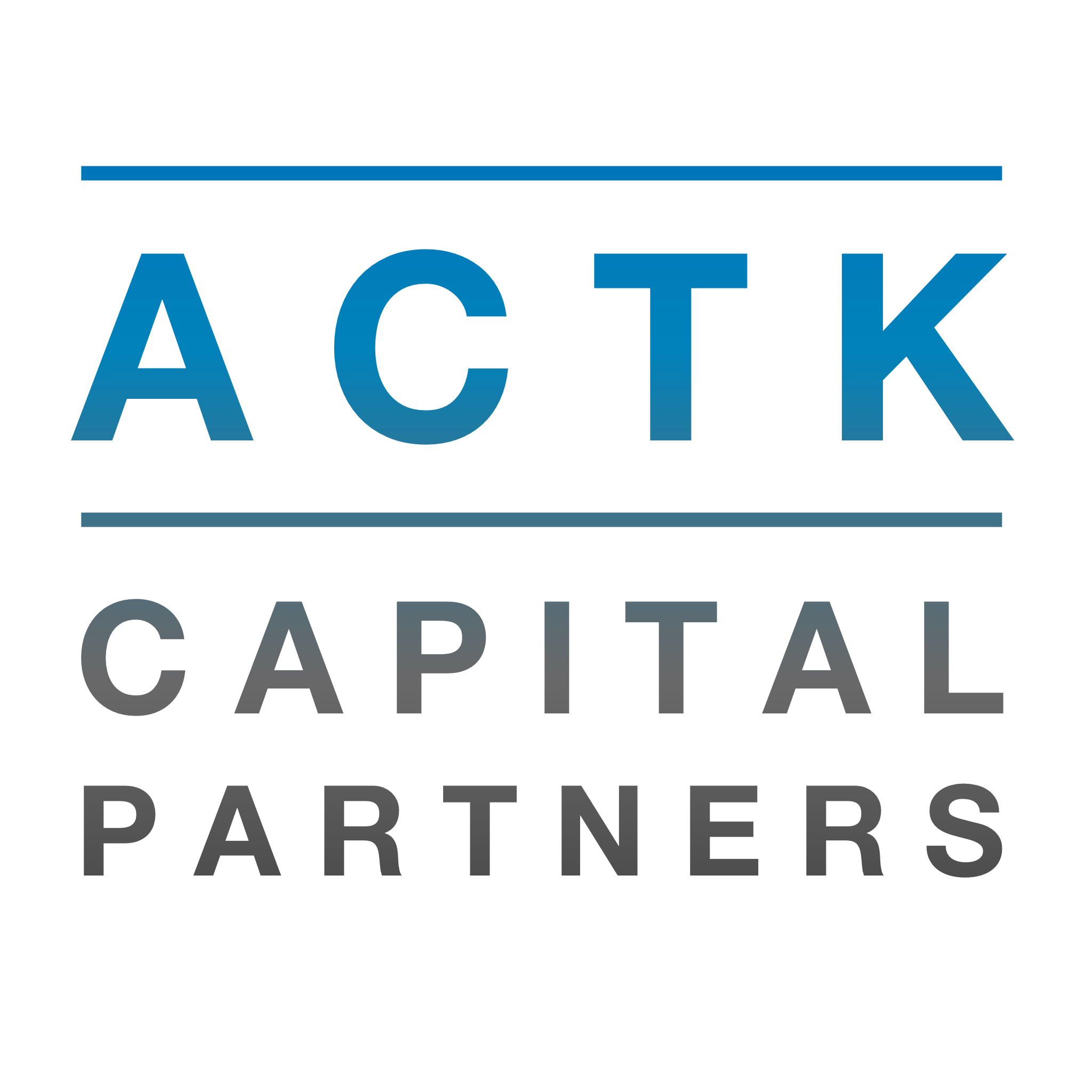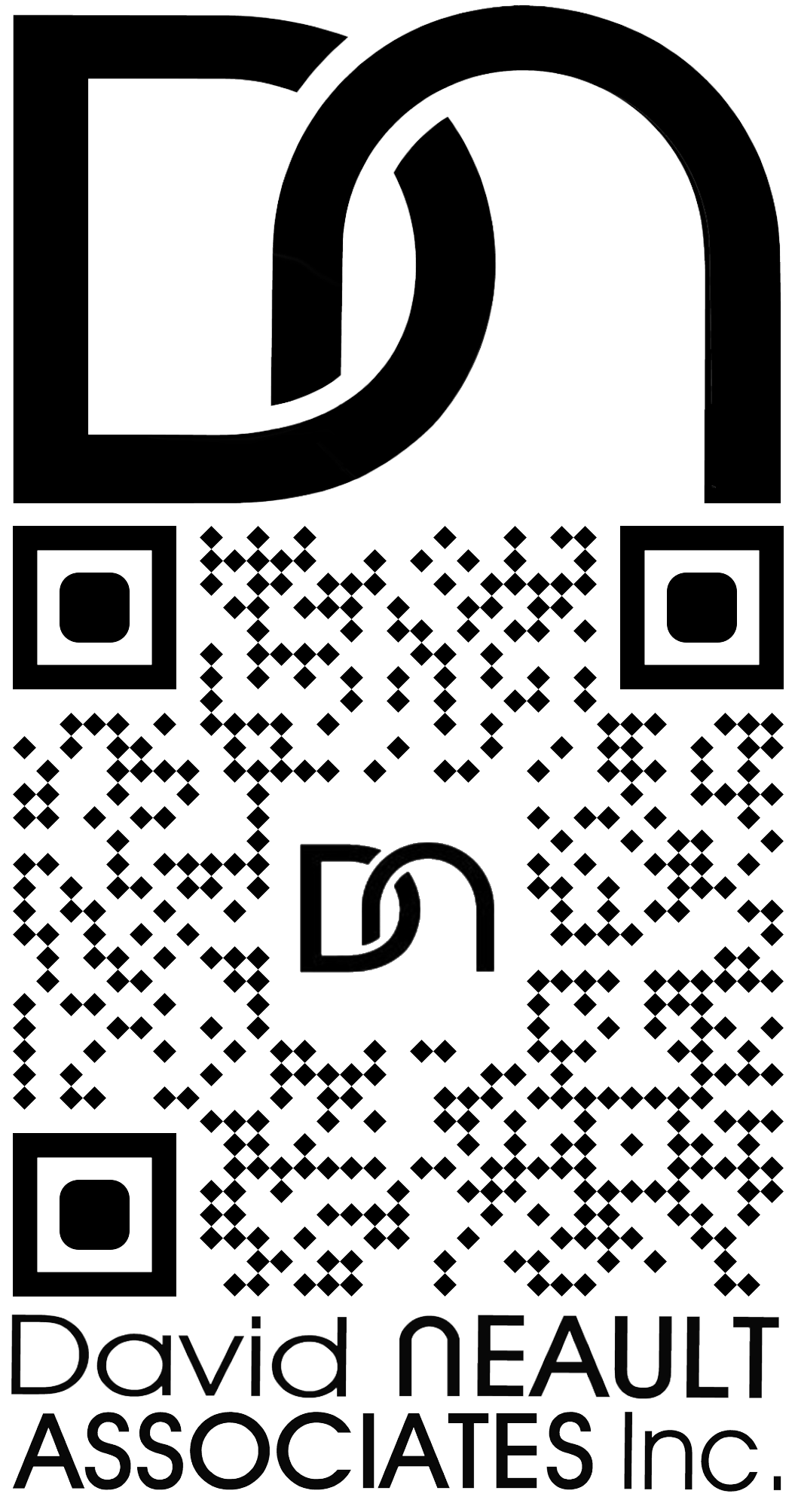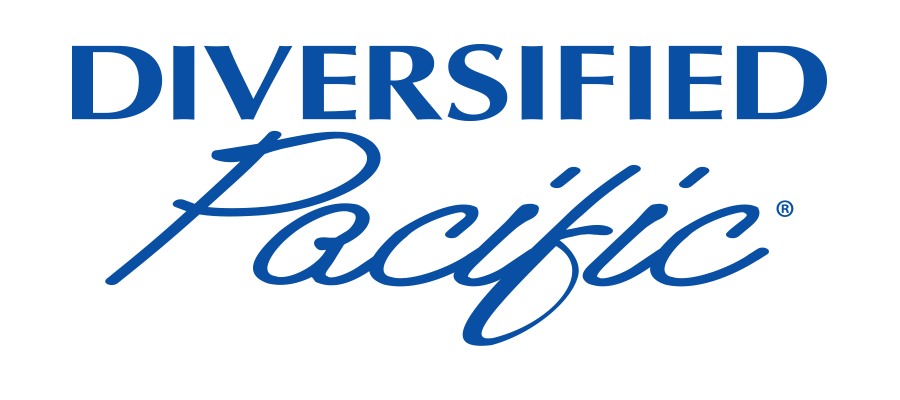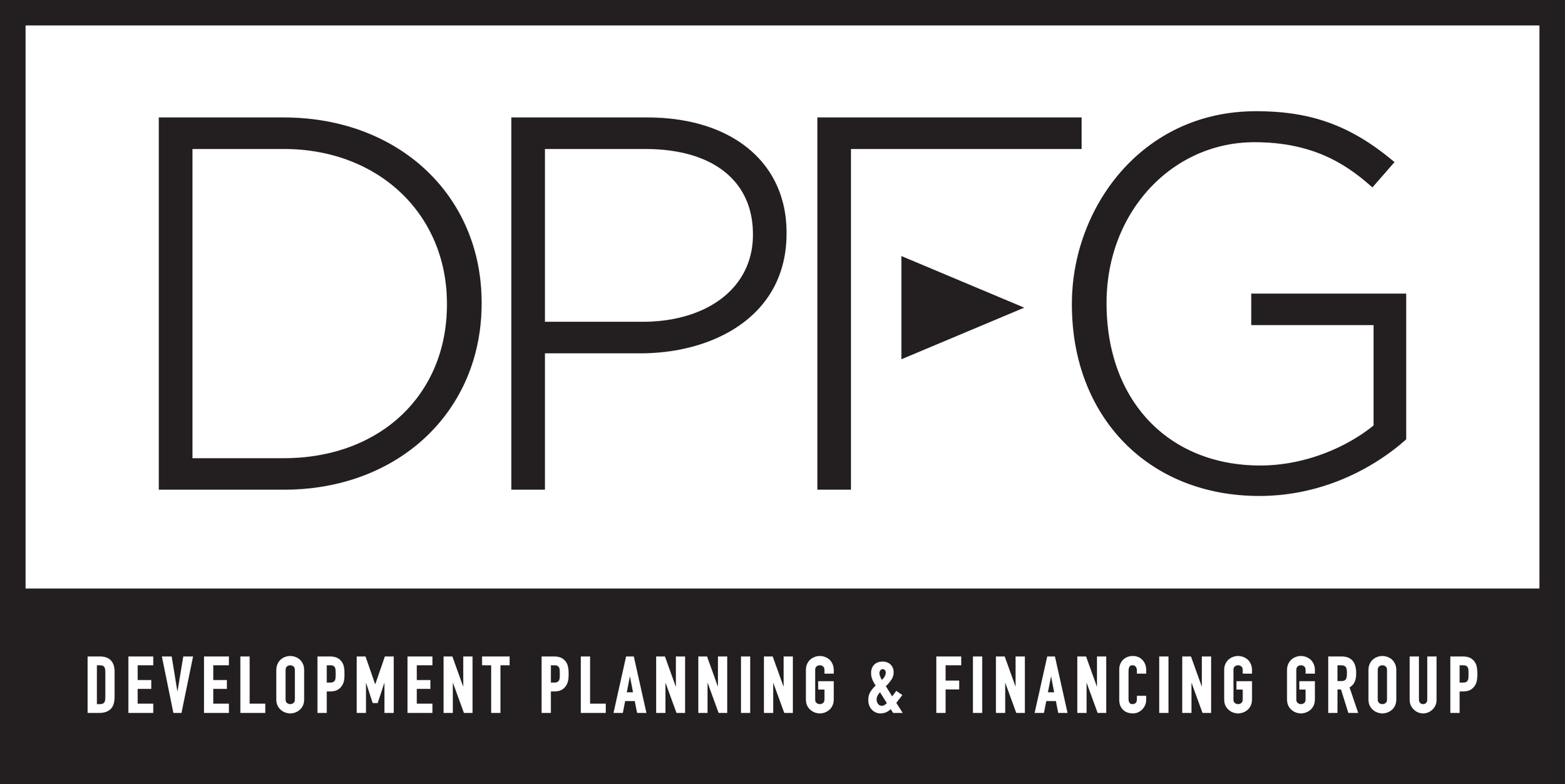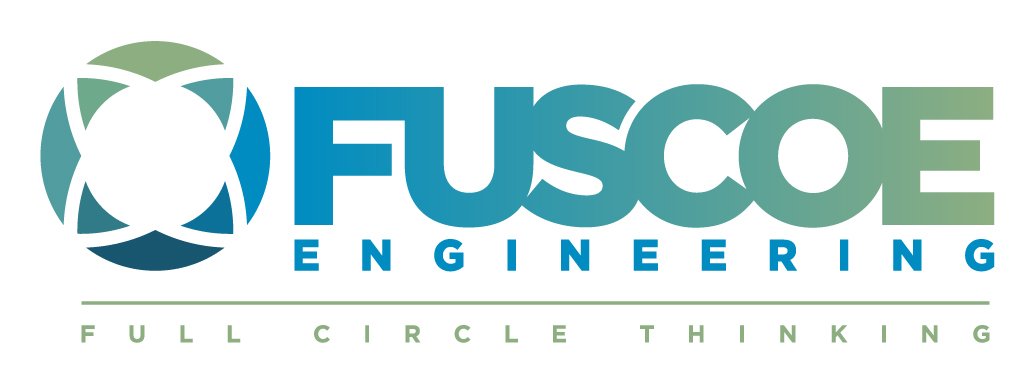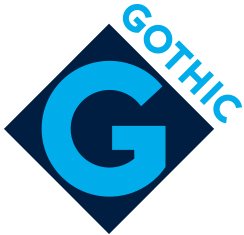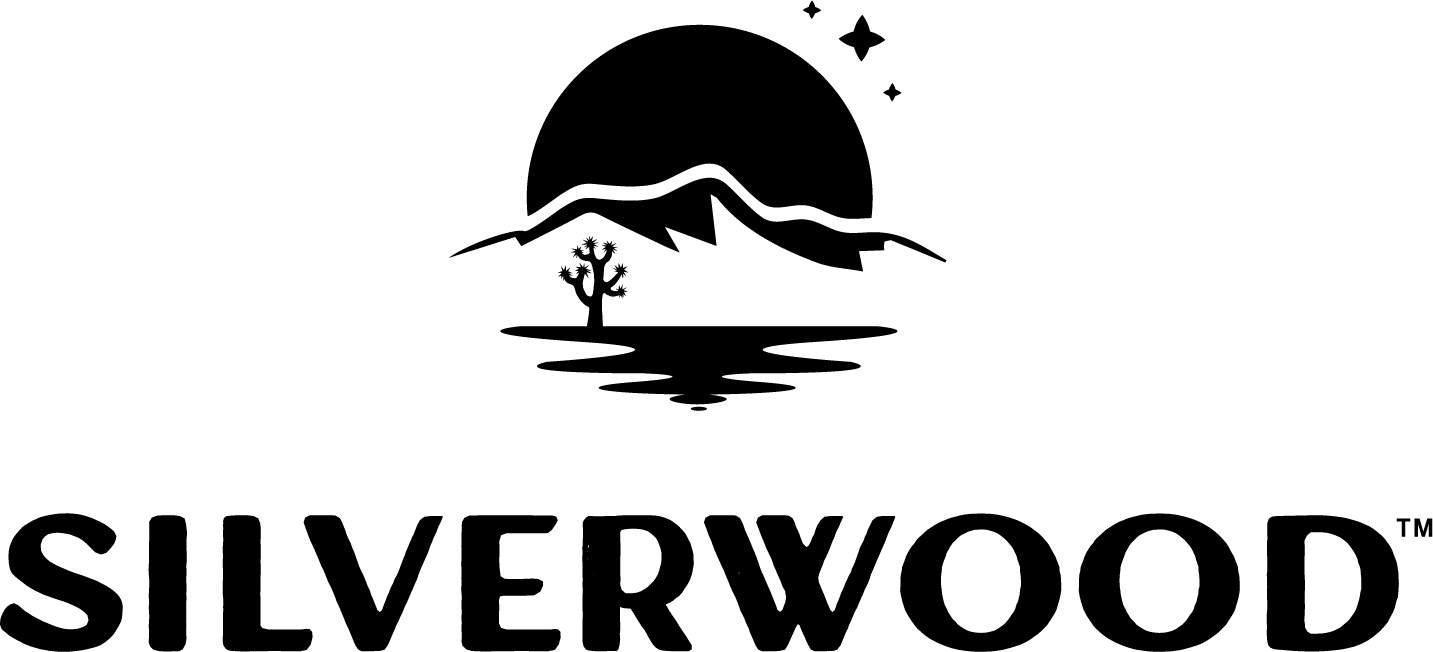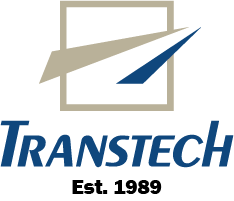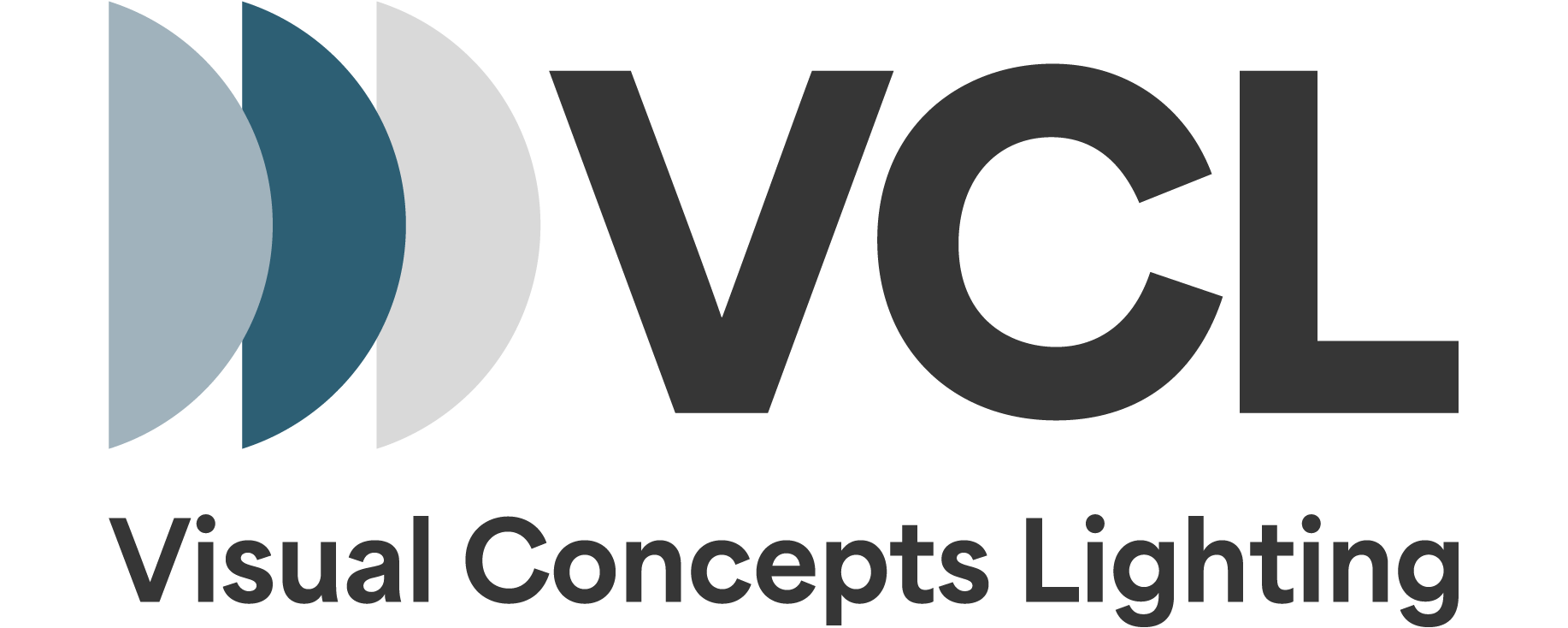By Ali Sahabi of Optimum Group, LLC
President, Building Industry Association (BIA) Baldy View Chapter
Happy New Year!
Now that the holiday season is behind us, homebuyers will be getting their “ducks in a row” as they proceed to organize their financial picture to attain the American Dream of homeownership. So, if buying a home is on your agenda in 2017, a great starting point – one that will save you a lot of time and headaches - will be to get either pre-qualified or pre-approved for your mortgage.
Pre-qualification and pre-approval help focus your efforts by giving you and your lender a far more precise picture of your finances and help you pick the home that is right for you. And the most important thing to remember about pre-qualification and pre-approval is that they are similar but different procedures with very different purposes.
Pre-Qualification - The initial step in the mortgage process, a mortgage loan pre-qualification is simply an estimate of how much house you can afford and how much money a lender would be willing to loan you. After you have selected a lender, you furnish them with an overview of your financial picture in which you will list your debt, income, assets and other particulars to get an idea of the mortgage amount for which you may qualify. Pre-qualification also provides an excellent opportunity to learn about your lender’s mortgage options and help narrow down the type of home that will be best for your personal needs and future. It serves as a starting point to help you determine just how much house you can afford. Pre-qualification does not entail an analysis of your credit report or ability to purchase a home. In fact, some lenders will allow you to prequalify online or by phone. However, because of this, it offers only a generalized picture of the amount you would be able to borrow.
Pre-Approval – This means that you have a tentative commitment from a specific lender for mortgage funding and entails a much more thorough analysis of your financial picture to approve you for a certain loan amount. Unlike pre-qualification, pre-approval requires that you fill out an official mortgage application and give your lender all of the necessary documentation for them to perform an extensive financial background check and to analyze your current credit rating. During this process, your lender will be able to determine the specific mortgage amount for which you will be approved and give you a better idea of the interest rate you’ll be paying. Some lenders often allow buyers to lock-in a favorable interest rate.
Once you are pre-approved, your lender will provide you with a written conditional commitment for a specific loan amount to help you shop for a home at or below a certain price point. This will help facilitate the sale because it lets the seller know that most of the most important part of the process is already taken care of. Most importantly, when you do select your new home, pre- approval means that the paperwork part of the transaction will go rapidly, smoothly and reduce the odds of any complications arising as you head for closing the deal.
Remember, a pre-approval is not a guarantee that you will be approved for a mortgage loan. The funding will only be given when the property appraisal, title search, and other verifications check out on the home you have chosen to buy. Pre-approvals are also not binding, which means you can still obtain a mortgage from a different lender.
Being pre-qualified or pre-approved means that you can make the best possible assessment of just how much home you can afford and making an offer for a home won’t be contingent upon obtaining financing. It saves time and stress and will get you into your new home that much more rapidly.
The BIA Baldy View Chapter seeks to advance the opportunity to attain the American Dream of home ownership. For additional information on purchasing or owning a home, go to www.biabuild.com on the web.
